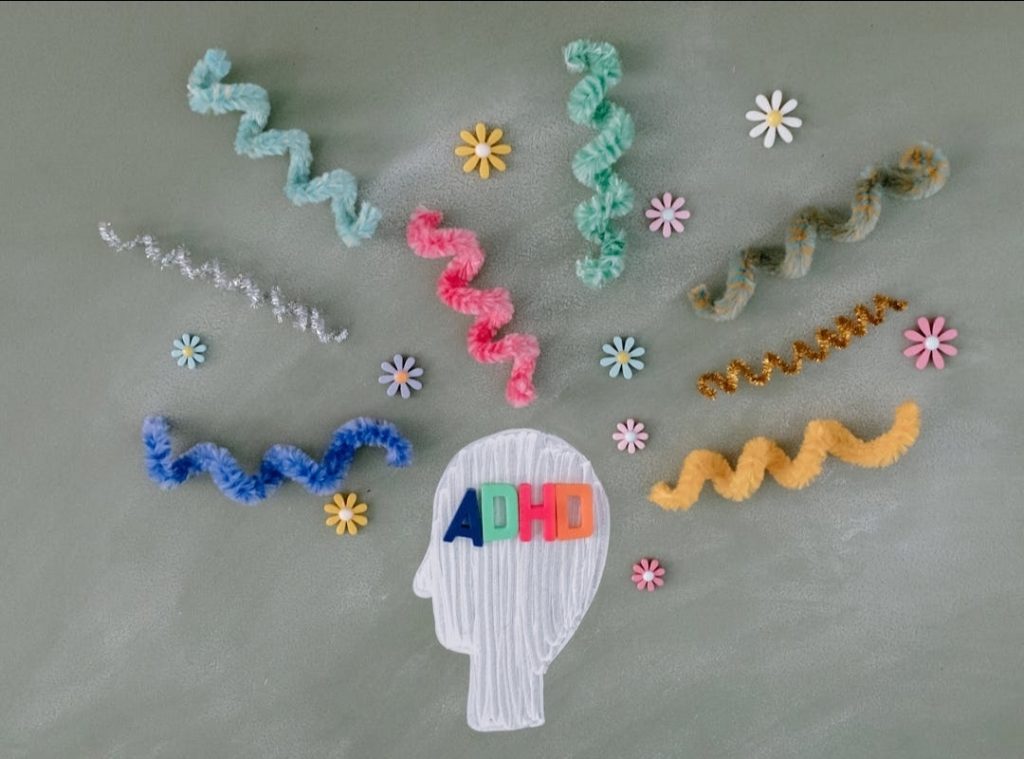A Tree
The image that comes to wellness instructor Kalindi Dinoffer’s mind when thinking of mindfulness. She explains that it is an example of a seemingly calm and grounded element of nature being present in the moment. The tree experiences changes, often stressful, daily and seasonally, yet it patiently takes it all in. Clouds will float by above it, and the tree has no need to stretch up and desperately hold onto it. Being in the present requires one to only notice. Like the tree barely noticing the clouds, we don’t need to latch onto every thought that passes through our minds. Especially while meditating, it is enough to simply notice the thoughts that pass through your mind and act with self-compassion to come back to the present moment.
The Seed
Although an expert in meditation and mindfulness, Kalindi is the first to admit she is not perfect at letting those thoughts float by, particularly in the beginning of her journey. Through a decade-long series of tennis injuries and chronic jaw pain from wisdom teeth surgery gone wrong, she explored different holistic healing methods to help with her anxiety and health challenges. When a friend gave her Jon Kabat-Zinn’s book, Wherever You Go, There You Are, Kalindi’s interest was piqued. She went to hear him speak while on tour in Dallas and then took part in his courses for mindfulness-based stress reduction and mindful self-compassion. After experiencing the profound impact of how mindfulness can be a holistic tool in healing and anxiety, she got her certification to be a mindfulness trainer to help others experience the same.
The Impact of Daily Stressors
When explaining what mindfulness means, she says, “We can go through our whole lives not being aware of when we are not in the moment anymore.” For example, many know the experience of arriving at your destination without knowing how you got there. Allowing stressful and anxious thoughts to prevent you from being in the present moment eventually leads to chronic stress. People are either not aware of the stress or they don’t know how to address it, so we get trapped in a state of chronic fight, flight, or freeze. When facing physical, emotional, or mental stress our bodies shut down. So, our ability to heal and digest is put aside to handle the stressful situation before us. Experiencing stress when your life is in danger is necessary, but when faced with daily experiences like traffic, an angry email from a coworker, or major deadlines, it is more harmful than helpful.
Mindfulness Techniques to Ground
We can never get away from experiencing stressful situations but using mindfulness techniques to their full capacity will reset your perspective and response to them. Kalindi explains the way to do this is allowing the mind and the body to be in sync. “When going to a yoga class but your mind isn’t calm, there is no benefit.” She continues, “I’m an expert, and I’m not perfect at it and that’s the beauty and approachability of it. Doing the very least is better than nothing.” For there are many different tools and techniques of mindfulness to address your stressors, and you will only need to find the one (or two) that work for you in specific seasons of your life. As Kalindi says, “One size fits one.” Whether you are a beginner or one who has used mindfulness and meditation consistently in the past, these are some ways you can practice mindfulness in your daily life and not just when on the yoga mat. Learn more at Kalindi’s website.
- Kalindi recommends taking a self-compassion break when you experience any sort of stress.
- Recognize this is a stressful moment.
- Acknowledge you are not alone because other people have these hard moments, too.
- Give yourself compassion through a mantra and maybe add a soothing touch. It can be as simple as touching your fingertips together or putting your hand on your heart. A soothing touch is potent because it releases feel good chemicals in your brain, just like when you hug a loved one.
- Pick a daily activity and do it mindfully. When taking a shower, brushing your teeth, or having a cup of coffee, be fully aware of the present moment – without judgment – engaging all of your senses.
- A 3-minute breathing space is an opportunity for a breathing break that doesn’t take much time. With 3 minutes set on your timer, take slow inhales and exhales, noticing thoughts, emotions, and sensations as they come up without judgment.
- Mindful walking can be done anywhere and will slow you down when there is no need to hurry. You can walk mindfully from your car to your office building, around the house, or in the grocery store.
- Search YouTube for mindfulness exercises or mindful self-compassion for guided meditations.
- Use apps like Calm or Insight Timer.
Mindfulness techniques can be the integration of your meditation or yoga practice into daily life. However, it’s also not running away and avoiding stress. Kalindi sees it as the opposite. It is an opportunity to lean into the stress and try to embrace it from a mindful self-compassion standpoint. Similar to the tree; it stays grounded while dismissing the natural stressors to continue to grow and be a part of the world around it.
Her Nexx Chapter invites you to join our free Community where women from around the world are connecting with each other’s stories, exploring different experiences, and transforming ideas.
The Future of Connection for Women








0 Comments